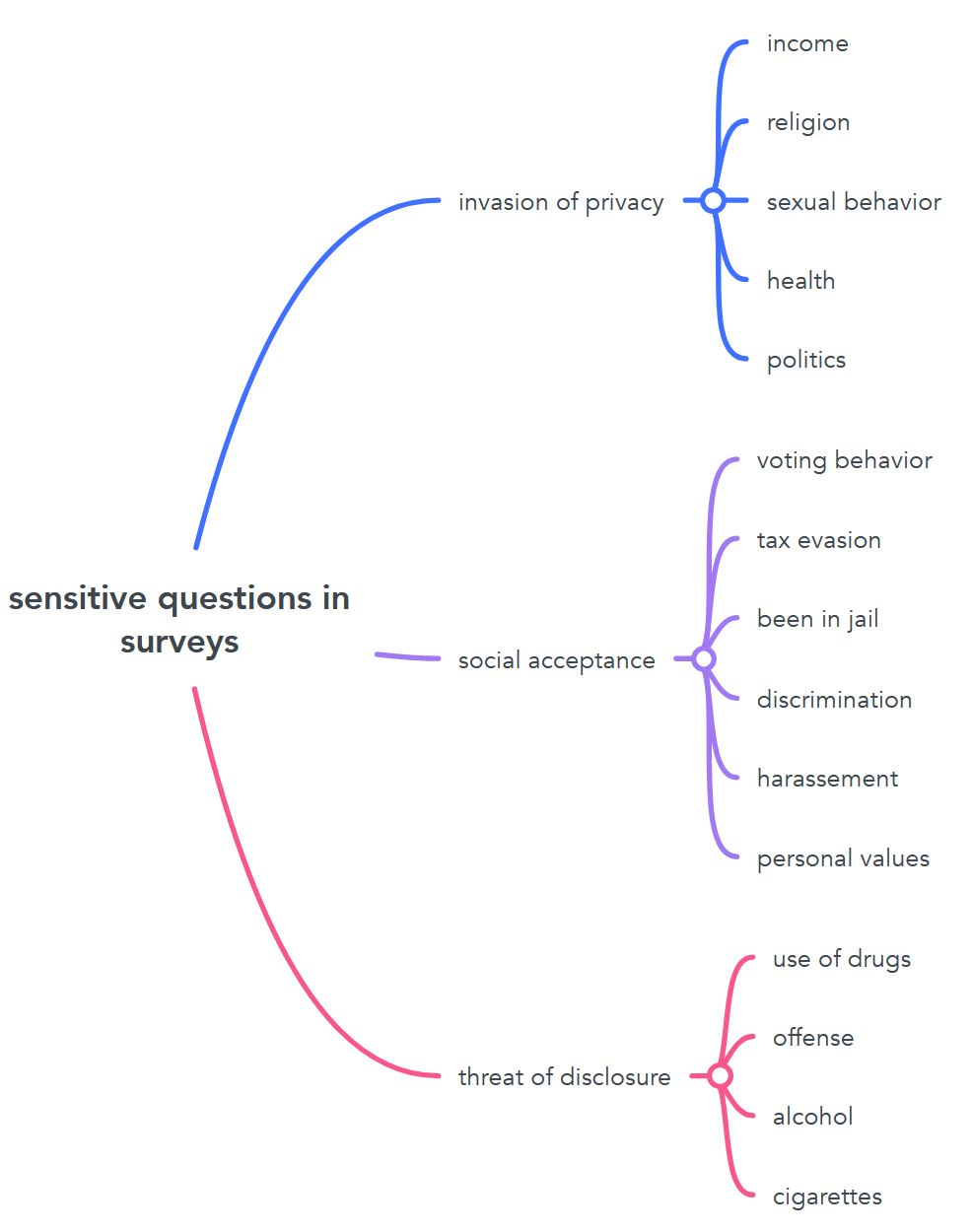The Hawthorne effect is a psychological phenomenon. It has important implications for the techniques used in market research, particularly in qualitative interviews and surveys. The Hawthorne effect is the observation that individuals change or improve their behavior when they are aware of being observed. In this article, I review the interesting history of the discovery of the Hawthorne Effect and its effects on qualitative and quantitative research.
Contact the market research agency IntoTheMinds
Hawthorne Effect: A surprising story
The Hawthorne Effect has a surprising history. It was discovered by chance 30 years after analyses were conducted in 1924 and 1932 at the Western Electric Hawthorne Works in Chicago. Researchers had been sent there to research the impact of lighting on workers’ productivity. The effect of light on productivity was definitively refuted in 2011.
In 1958, almost 30 years after the last experiment, Henry Landsberger took the data collected in 1924 and 1932 and proposed a new hypothesis called the “Hawthorne effect.” This hypothesis was that the attention paid to workers, rather than the lighting itself, influenced productivity.

The Hawthorne effect: definition
The Hawthorne Effect is based on the idea that individuals are more motivated and work harder when they feel observed and valued. This suggests that recognition and attention can be powerful factors in human motivation. This is why the Hawthorne effect has been popularized in human resource management.
More globally, the effects are felt in all areas involving human interaction. We should talk about the field of market research, where these interactions are the basis for gathering information.

Implications of the Hawthorne Effect on market research
In this paragraph, I will distinguish the two main techniques used in market research:
- qualitative techniques : individual interviews, focus groups, observations
- quantitative techniques : surveys, big data analysis
The common point of this section is that the awareness of being observed can influence the behavior of the research participants.
Qualitative techniques
Human interaction is the basis of qualitative methods. Interviewer bias is a real challenge in obtaining reliable results. The role of the moderator in focus groups has been emphasized many times and is undoubtedly one of the weak points of this approach.
In individual interviews, the Hawthorne effect occurs when the interviewee’s answers are intended to impress the interviewer or distort a situation’s reality. This distortion can occur in both directions: by exaggerating or minimizing the reality of the situation. Minimization is particularly applicable when sensitive issues are raised. Corkrey and Parkinson (2002) found that the reported rate of marijuana use was 58% higher in a self-administered interview than in a face-to-face interview.
The Hawthorne effect is multiplied by the number of participants in focus groups. Not only is each participant aware that the moderator is observing them, but they also have to deal with the gaze of the other participants. The analysis of the results must therefore take into account:
- the willingness of each participant to adapt their behavior concerning the moderator
- the group effect, which encourages participants to want to “shine” in relation to the others
Finally, we must address the case of observations. This ethnographic technique is well-established in qualitative research but rarely used in market research. Observations can be participatory or non-participatory. They are participatory when the researcher voluntarily interacts with the subject and considers their effect on the results obtained. They are non-participatory when the researcher stands back and does not interact. It should be remembered that even in non-participatory mode, the awareness of being observed may be present and that the Hawthorne effect plays a role.
Quantitative techniques
I will distinguish here the case of quantitative surveys (polls) and the analysis of “observed” data.
The case of surveys is particularly interesting. There are multiple modes of administration for a survey:
- Face-to-face interviews : the interviewer reads the questions and then records the responses in paper format. This is called the PAPI (Pen and Paper Interview)
- Telephone surveys : the questions are always asked orally, and the answers are encoded directly on the computer. This is called CATI (Computer Assisted Telephone Interview)
- Mail surveys : the respondent fills out a paper questionnaire in the absence of an interviewer
- Self-administration on computer : this is what is known as the online survey or CAWI (Computer Assisted Web Interview) method.
I have already discussed the sensitive questions and the underestimation of marijuana use in the interviewer’s presence. Scientific research clearly shows that the presence of an interviewer affects the results obtained. In general, when it comes to drugs, the presence of an interviewer is considered to cause a 30% error. The same effect can occur for other questions, especially when moral values are at stake. I invite you to look at the illustration below to see the sensitive issues to which the Hawthorne effect can be applied.
The other quantitative approach analyzes “digital traces” left by Internet users. Indeed, these are “observed” data, i.e., correspond to the most natural online behavior. In this case, there is strictly no Hawthorne effect to fear.
Comment gérer l’effet Hawthorne
There are solutions to minimize the Hawthorne effect.
The first one is, of course, to favor self-administered methods. For surveys, this means, for example, opting for a CAWI (Computer Assisted Web Interview) approach. The good news is that this methodological approach has become the standard in surveys for at least 10 years.
Imagine that you are a naturalist observing a new species in its natural habitat and that your goal is not to be seen. It is naturally more complicated for qualitative techniques where interaction is essential. In the case of ethnographic approaches, it is best to favor non-participatory observation and the most discreet possible.
In the case of interviews and focus groups, the only possible precaution is to guarantee anonymity. This is something you should announce before the interview or focus group begins. For example, you can use the following words:
“I would like to inform you that everything you say in this interview will be confidential and anonymous. At no time will we share your identity with the project sponsor. Any element of personal nature, such as your first and last name, will be replaced by a code. Please be as transparent as possible in your comments. Finally, I want you to know that my role is not to pass judgment but to collect your testimony, which is essential for this project.”
This sentence allows us to
- guarantee the anonymity of the person and reassure them
- to value their contribution to the project
Conclusion
The Hawthorne effect is a key concept for understanding human motivation and behavior at work. Its implications are also important in the field of human sciences. Carrying out market research using quantitative or qualitative techniques must consider this.
To avoid problems, we advise you to opt systematically for self-administered techniques (e.g., for surveys) and for qualitative research to give guarantees of anonymity to the respondent.
References
Gillespie, R. (1991). Manufacturing knowledge: A history of the Hawthorne experiments. Cambridge: Cambridge University Press.
Adair, J. G. (1984). The Hawthorne effect: A reconsideration of the methodological artifact. Journal of Applied Psychology, 69(2), 334-345.



